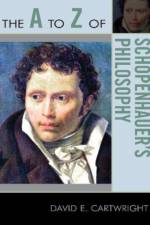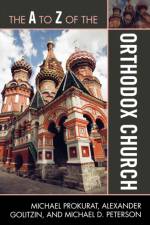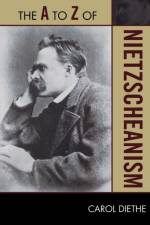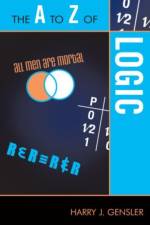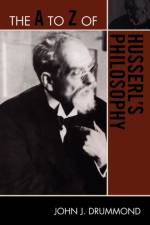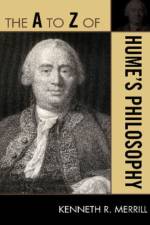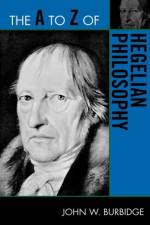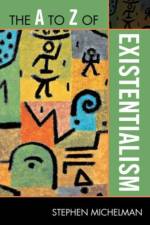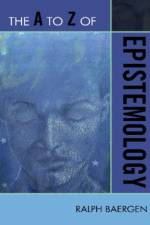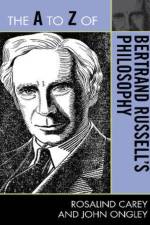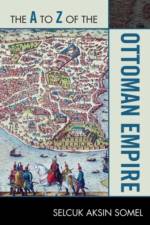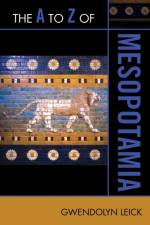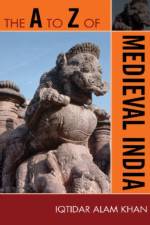av Harry J. Gensler
605
The A to Z of Logic introduces the central concepts of the field in a series of brief, non-technical, cross-referenced dictionary entries. The 352 alphabetically arranged entries give a clear, basic introduction to a very broad range of logical topics. Entries can be found on deductive systems, such as propositional logic, modal logic, deontic logic, temporal logic, set theory, many-valued logic, mereology, and paraconsistent logic. Similarly, there are entries on topics relating to those previously mentioned such as negation, conditionals, truth tables, and proofs. Historical periods and figures are also covered, including ancient logic, medieval logic, Buddhist logic, Aristotle, Ockham, Boole, Frege, Russell, Godel, and Quine. There are even entries relating logic to other areas and topics, like biology, computers, ethics, gender, God, psychology, metaphysics, abstract entities, algorithms, the ad hominem fallacy, inductive logic, informal logic, the liar paradox, metalogic, philosophy of logic, and software for learning logic.In addition to the dictionary, there is a substantial chronology listing the main events in the history of logic, an introduction that sketches the central ideas of logic and how it has evolved into what it is today, and an extensive bibliography of related readings. This book is not only useful for specialists but also understandable to students and other beginners in the field.






